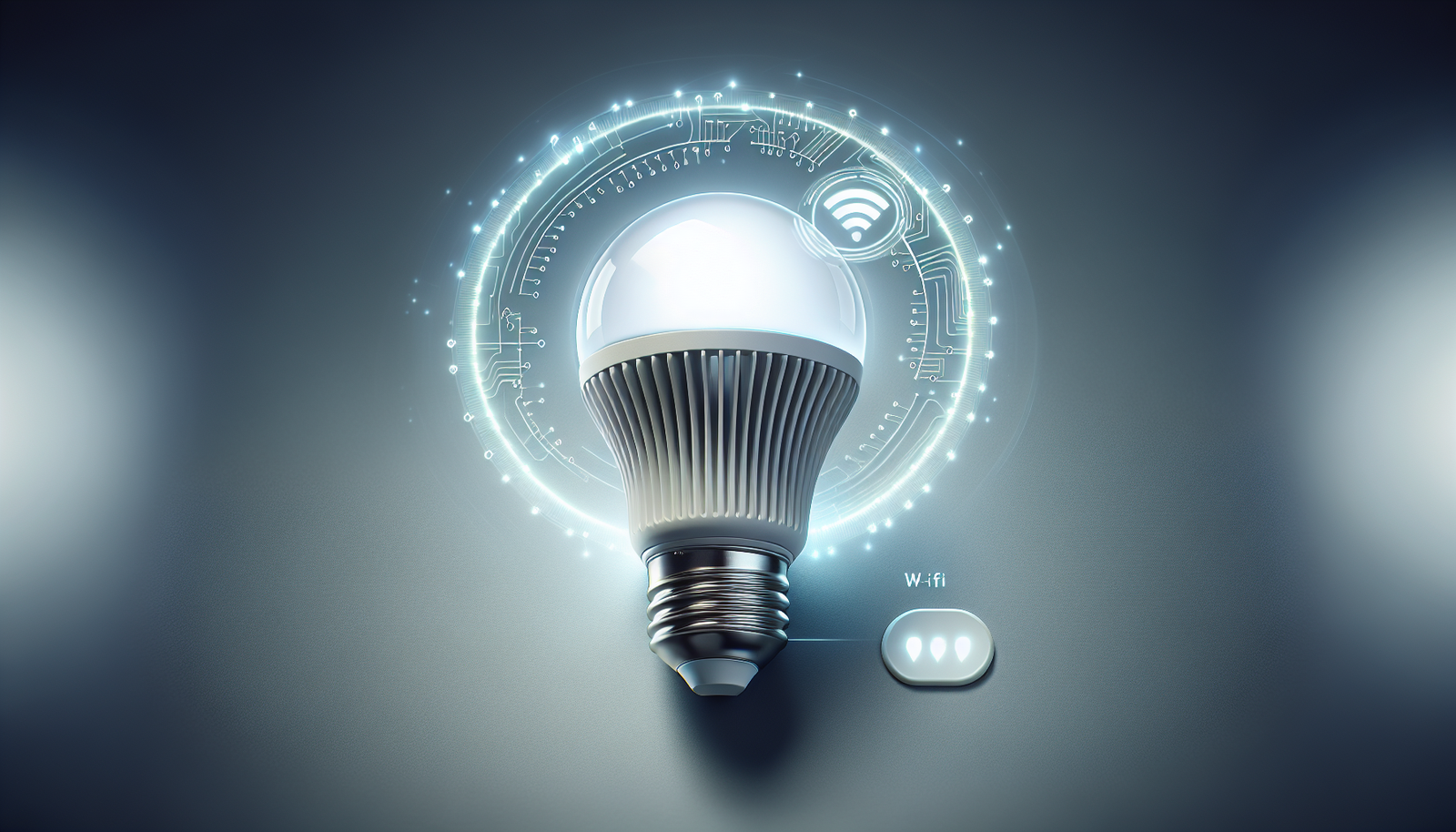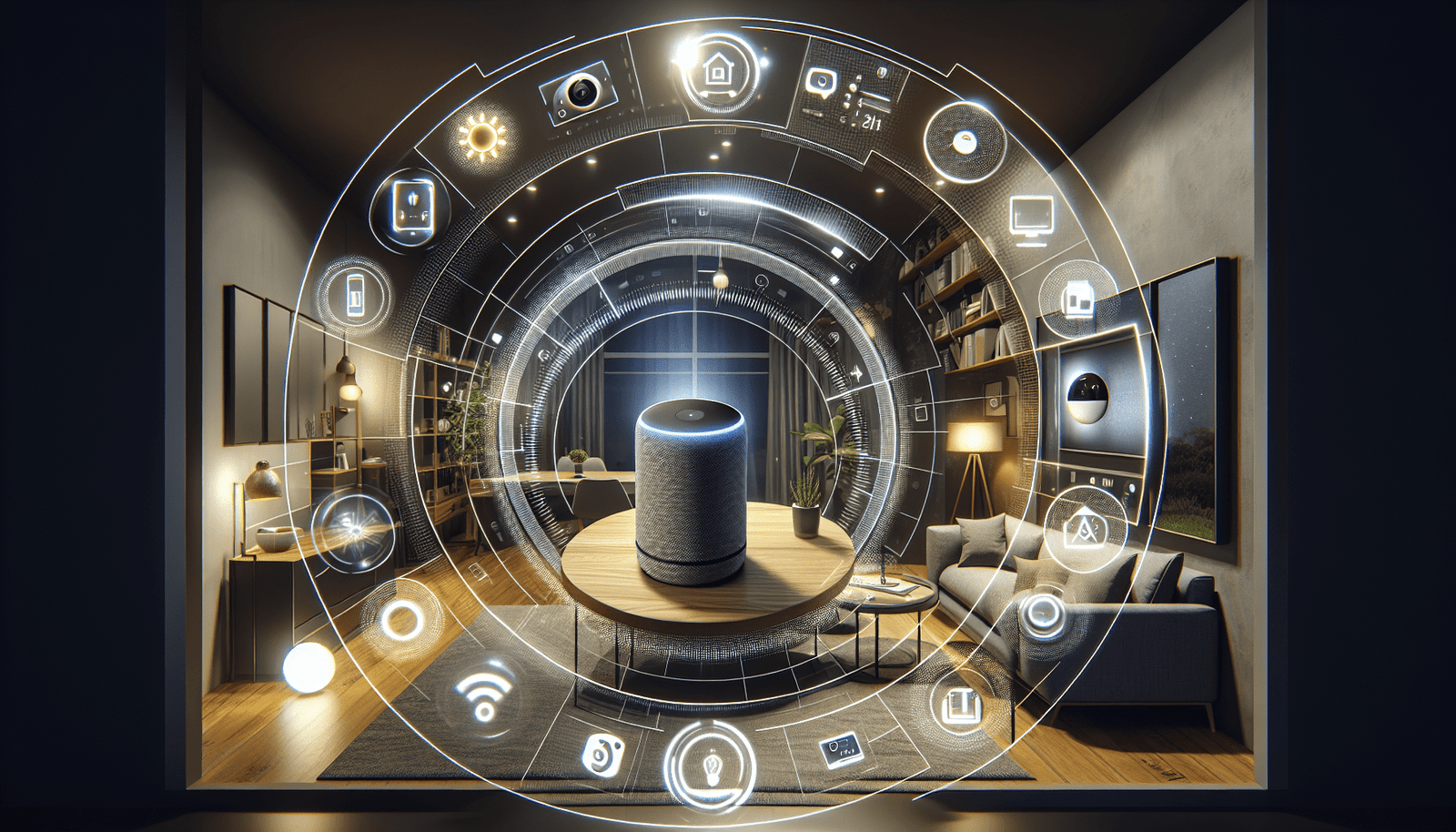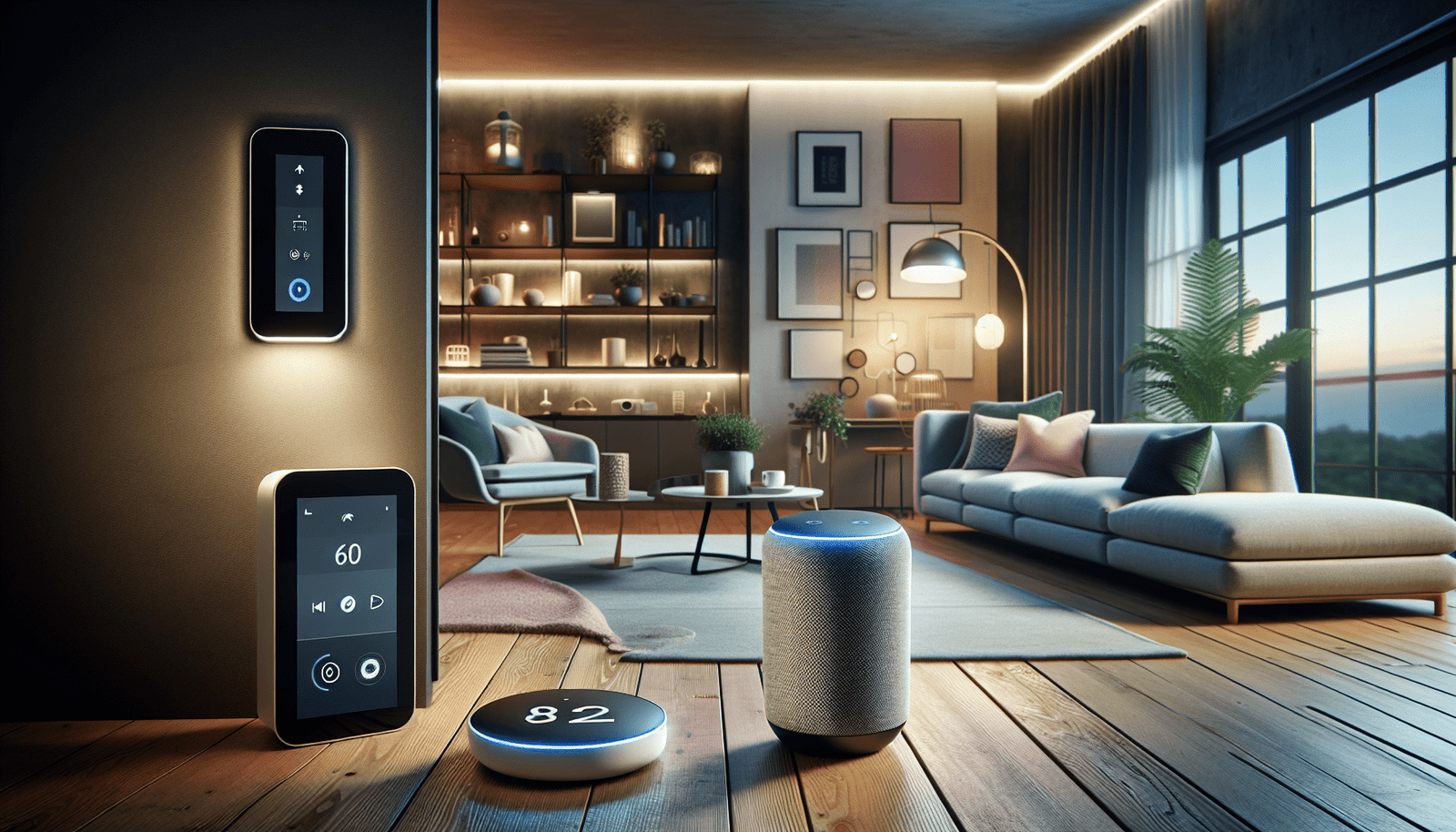Have you ever wondered how easy it could be to introduce the magic of voice control into your home? Setting up a smart speaker might just be the exciting project you’re looking for! Whether you’re a tech enthusiast with a burgeoning suite of smart devices, or a beginner eager to dip your toes into the waters of home automation, understanding how to effectively set up a smart speaker can greatly enhance your daily life. Let’s take a journey through the landscape of smart speakers and smart hubs, and see how you can get everything you’d like from these devices, all while keeping your data secure and your home more connected.

What is a Smart Speaker?
At its core, a smart speaker is a voice-activated device that integrates smart technology to play music, control other devices, answer questions, and perform various tasks. Imagine being able to control your lights without getting out of your cozy chair, or setting reminders without picking up your phone. Smart speakers combine the convenience of hands-free control with the functionality of a digital assistant, turning everyday tasks into seamless experiences.
The Difference Between Smart Speakers and Smart Hubs
Before you jump into setting up your speaker, it’s crucial to understand how smart speakers differ from smart hubs. While smart speakers primarily focus on voice-activated tasks and audio output, smart hubs serve as a central control point for various smart devices in a home. Smart hubs are specifically designed to handle complex automation tasks and manage different protocols to ensure all your devices work in harmony. Thus, while both devices can enhance your smart home setup, they serve different purposes and functionalities.
Benefits of Owning a Smart Speaker
Owning a smart speaker comes with a wealth of advantages. Envision streaming your favorite playlists in any room, accessing weather updates with a single command, or enjoying seamless integration with compatible smart devices. Beyond music and weather updates, many speakers offer features like news briefings, cooking assistance, and even meditation guidance. Moreover, with developments in AI, smart speakers are continually becoming more adept at understanding varied accents and dialects, broadening their accessibility.
Step 1: Choose the Right Smart Speaker for Your Needs
Choosing the right smart speaker can feel overwhelming given the plethora of options available. Determining which one is right for you depends on what’s most important — sound quality, compatibility with other smart devices, or privacy features. To assist with your decision, here’s a comparison of three popular smart speakers:
| Feature | Speaker A | Speaker B | Speaker C |
|---|---|---|---|
| Sound Quality | High | Medium | High |
| Device Compatibility | Excellent | Good | Limited |
| Privacy Options | Advanced | Basic | Advanced |
| Price Range | $$$ | $$ | $$$ |
Step 2: Connect Your Smart Speaker to Wi-Fi
Once you’ve settled on the perfect speaker, connecting it to your Wi-Fi network is often the next step. This connection is crucial as it enables your smart speaker to access the internet, fetch information, and connect with other devices. Here’s a simple guide:
- Power Up Your Speaker: Plug your smart speaker into a power outlet and allow it to power on.
- Install the App: Download the companion app provided by the manufacturer on your smartphone or tablet.
- Follow Setup Instructions: Open the app and follow the instructions to connect the speaker to your Wi-Fi network. This process typically involves selecting your network from a list and entering the password when prompted.
Step 3: Personalize Your Smart Speaker Settings
Personalizing your smart speaker settings can transform your experience from generic to tailored. Configuration might include setting language preferences, choosing how your speaker addresses you, and integrating specific smart home devices. You can also set up voice recognition to enhance privacy and security, allowing the speaker to differentiate between voices and provide personalized responses. Doing this helps the speaker deliver a more intuitive and responsive experience based on your daily habits and preferences.

Step 4: Integrate with Other Smart Devices
Seamless integration with other smart devices is one of the most enticing features of a smart speaker. Picture turning off your lights or adjusting the thermostat with a simple voice command. To achieve this level of convenience:
- Check Compatibility: Ensure your devices are compatible with your smart speaker.
- Enable Skills or Actions: Within the app, enable any necessary skills or actions that link the devices together.
- Voice Commands: Familiarize yourself with the appropriate voice commands to control each device.
This integration weaves the fabric of your smart home into a cohesive network, enhancing efficiency and ease.
Step 5: Troubleshooting Common Issues
As with any technology, issues can occasionally arise. Common problems might include connectivity issues, disobedient devices, or unrecognized voice commands. Here are some troubleshooting tips:
- Check Connectivity: Often, issues stem from weak Wi-Fi signals. Ensure your router is close enough to your smart speaker.
- Restart Devices: A simple reboot of both your smart speaker and router may resolve the problem.
- Update Software: Ensure both the smart speaker and its companion app are updated to the latest versions to avoid compatibility issues.
Addressing Privacy Concerns
For many users, privacy and security are top of mind. Smart speakers are equipped with features such as muting the microphone and robust encryption measures to protect your data. Delving into the privacy settings within your app allows you to control what data gets shared and stored.
Music Streaming and Sound Quality
For music lovers, sound quality is a crucial component. High-quality speakers provide rich, full-bodied sound, while others excel at reproducing vocals and acoustics. Many speakers allow you to stream music from popular services directly, turning any room into a concert hall at your command.
Energy Consumption and Compatibility
Consciousness around energy usage is increasing, and smart speakers align well with eco-friendly initiatives. They typically consume minimal power, especially compared to older audio systems. Moreover, compatibility with both iOS and Android systems ensures accessibility for most users.
Conclusion: Bridging Technology and Convenience
Setting up a smart speaker can be an exhilarating venture that opens a window into the future of home convenience and automation. Through just five easy steps, your interaction with daily activities can become smoother and more integrated. From selecting the right speaker to overcoming potential challenges, each step plays a vital role in enhancing your setup’s functionality and enjoyment. Embrace the journey, and relish the blend of modern technology and effortless convenience as your smart speaker becomes an indispensable part of your lifestyle.
Frequently Asked Questions (FAQ)
Q: How secure are smart speakers? A: Smart speakers come with a range of security settings to protect your data, including options to mute the microphone and manage what information is shared.
Q: Can I use smart speakers with my existing devices? A: Most smart speakers offer compatibility with a wide range of smart devices. Check the manufacturer’s specifications for details.
Q: Are smart speakers energy-efficient? A: Yes, smart speakers generally use minimal energy, making them a suitable choice for those conscious of their energy consumption.
Exploring these aspects not only demystifies the setup process but enriches the overall experience by balancing innovation with everyday practicality.
Disclosure: As an Amazon Associate, I earn from qualifying purchases.





